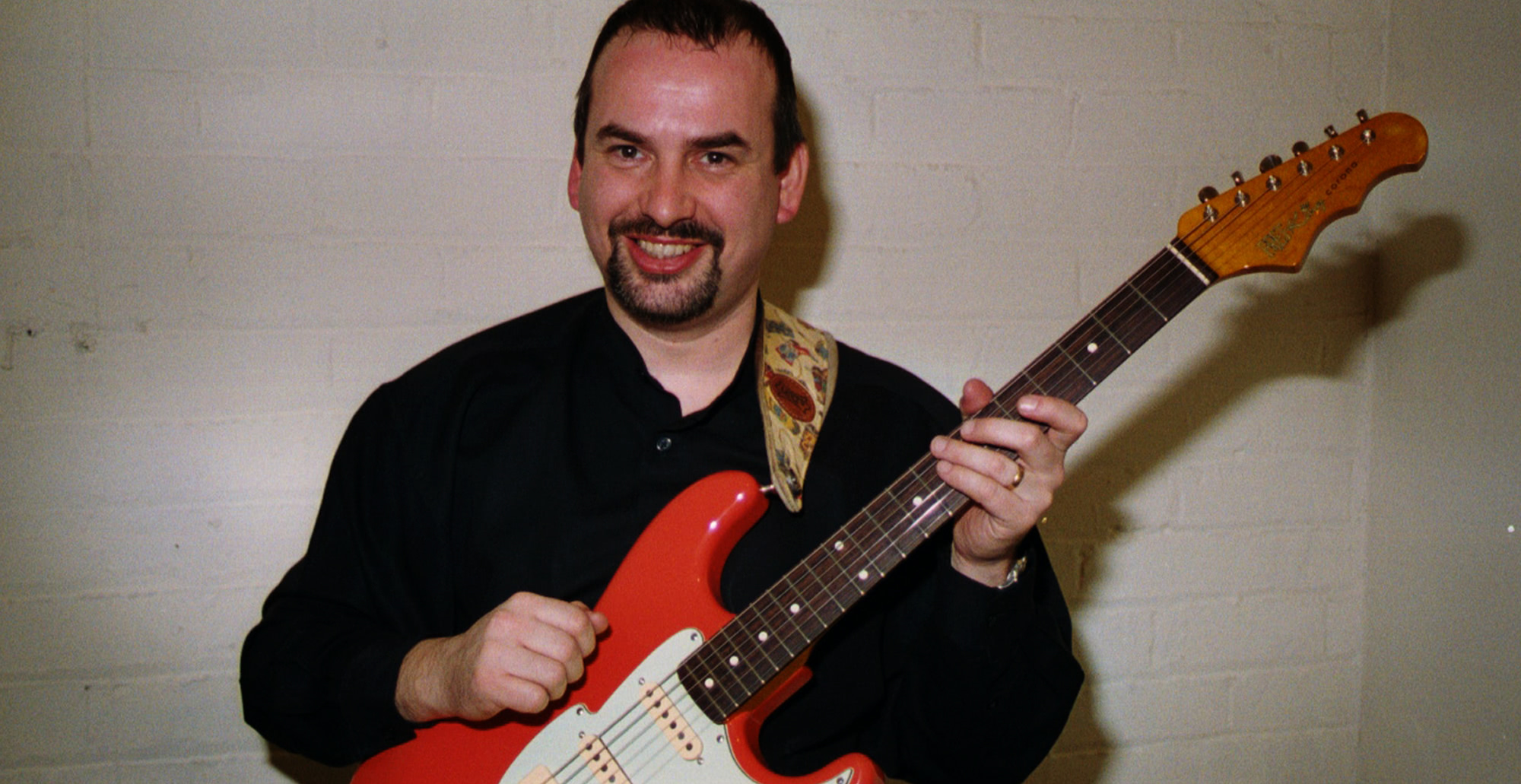Mystery Train by Elvis Presley
Step aboard the rockabilly express with our in-depth guitar lesson for "Mystery Train" by Elvis Presley, one of the most iconic tracks in early rock ‘n’ roll history. At LickLibrary.com, we break down this seminal tune note for note, delivering a detailed study that captures the raw energy, rhythmic drive, and stylistic flair of the original performance. Whether you're a budding guitarist looking to expand your stylistic vocabulary or a fan of vintage rock ‘n’ roll, this lesson offers something for every player. Lee Hodgson breaks down this classic track in this exclusive Lick Library video tutorial.
Song Overview
"Mystery Train" is often credited as a milestone in the development of rockabilly and rock 'n' roll, driven by its infectious rhythm and minimalist yet expressive guitar work. Originally recorded in 1953 by Junior Parker and later made famous by Elvis Presley’s 1955 rendition, the song became a blueprint for future rock acts. It features a hypnotic rhythm, a simple but effective chord progression, and gritty, blues-influenced lead guitar playing.
Guitar Techniques in the Lesson
Finger Picking
One of the most prominent techniques in "Mystery Train" is finger-picking, used to produce the percussive and rhythmic feel that defines the rockabilly sound. This approach allows guitarists to play bass notes and melody lines simultaneously, giving the impression of multiple instruments at once. Learning this technique helps develop independence between the thumb and fingers, improves timing, and opens up a wider palette of expressive playing.
Slides
Slides are used throughout the song’s lead guitar lines to add fluidity and vocal-like phrasing. Mastering slides helps guitarists achieve smoother transitions between notes, a hallmark of blues and rockabilly lead playing. It also enhances your ear for pitch and your control over fretboard movement.
Double Stops
The use of double stops in "Mystery Train" provides a thicker, harmonically rich texture in both rhythm and lead sections. This technique involves playing two notes simultaneously and is an essential skill in country, blues, and rock styles. It improves your fretboard visualisation and ability to harmonise lines.
Open String Riffs
Rockabilly guitarists often exploit open strings to create driving, energetic riffs, and "Mystery Train" is no exception. Open-string riffs provide a jangly, resonant sound that’s instantly recognisable. Practicing this technique enhances coordination between both hands and helps develop speed and accuracy when shifting between fretted and open notes.
Palm Muting
The song’s train-like chugging rhythm relies heavily on palm-muting. This technique involves lightly resting the edge of the picking hand on the strings near the bridge to produce a muted, percussive sound. It’s a powerful tool for dynamic control and rhythm articulation, allowing you to shape grooves with precision.
Chord Progressions
At the heart of "Mystery Train" lies a classic blues-based chord progression. Learning this not only helps you understand rockabilly song structures but also reinforces essential harmonic knowledge applicable across many styles. It’s a valuable exercise in playing rhythmically tight, musically supportive parts.
About the Guitar Player
The electric guitar on Elvis Presley's version of "Mystery Train" was played by Scotty Moore, a pioneering figure in rock guitar history. Moore’s innovative blend of country twang, blues phrasing, and jazz-influenced chords helped define the sound of early rock ‘n’ roll. His approach to rhythm and lead playing—often executed simultaneously—was groundbreaking for its time and remains highly influential. Studying his style provides not only a technical challenge but also deep insight into the roots of rock guitar.
Why Learn This Lesson?
Studying "Mystery Train" offers a unique opportunity to explore the roots of modern guitar playing. You'll gain a better understanding of how to craft rhythmically engaging parts, integrate lead licks into chord progressions, and develop the hybridized vocabulary that underpins genres like country, blues, and rock. The techniques in this lesson are transferable and foundational, making them ideal for players looking to build a versatile skill set.
This lesson is taught in true note-for-note fashion, ensuring you capture every nuance of the original performance. Whether you’re preparing for a vintage rockabilly gig or just want to improve your timing and feel, "Mystery Train" is an ideal study.
Techniques Covered in This Lesson
Ready to hop on the "Mystery Train"? Join us at LickLibrary.com and master the licks that laid the tracks for rock ‘n’ roll history.

About The Tutor
Tutor Profile
Lee Hodgson
"Lee's contribution here at LickLibrary is a masterclass in classic guitar playing, from Hank Marvin to Simon & Garfunkel, but that certainly isn't the limit of his skills. In reality, Lee is one of the most technically able country guitar players we've ever seen, in fact his book ""Hot Country""...




